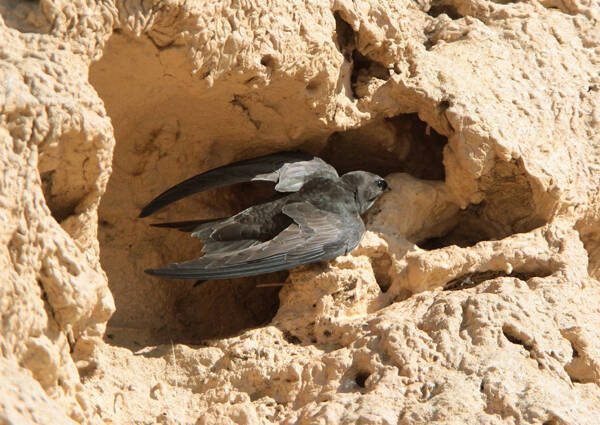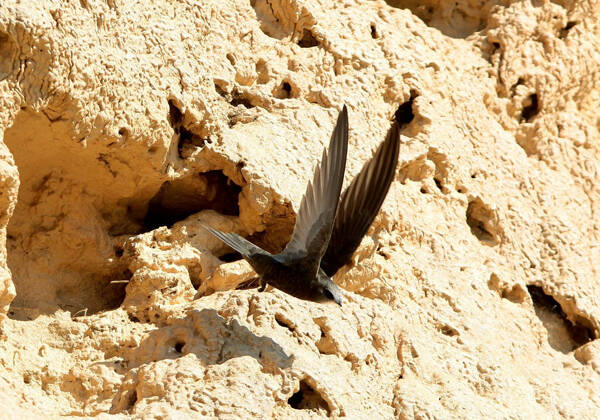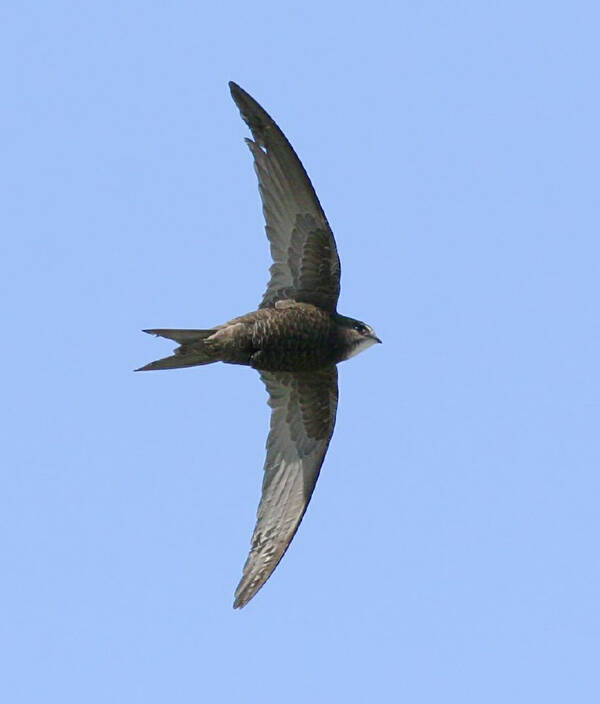Apodidae
IUCN
LCBasic Information
Scientific classification
- name:Apodidae
- Scientific Name:Apodidae,House swift, common swift
- Outline:Climbing birds
- Family:Apodidae
Vital signs
- length:10-30cm
- Weight:9-150g
- lifetime:
Feature
Distribution and Habitat
In China, they often breed in towns from northwest to north and northeast China, and migrate south to Southeast Asia, Australia or Africa to overwinter. Abroad, they are widely distributed in the temperate regions of Eurasia.
Habitat: Species that forage in the air rarely roost, sometimes on tree branches.
Appearance
A large dark brown swift with a slightly forked tail, a slightly grayish white forehead and throat, and a wide wingspan. It has a brown iris, a black bill, and black feet.
Details
Apodidae (scientific name) is commonly known as swifts. In animal taxonomy, it is a family in the order Apodidae of the class Aves. Swifts are the fastest flying birds, often preying on insects in the air, with long wings and weak legs. Swifts are widely distributed. Some species breed in high latitudes and winter in tropical areas. They are famous migratory birds, while others are resident birds in tropical areas. There are 18 genera and 84 species in the Apodidae family.

Common name: House Swift Beijing Swift 19 genera 92 species. Species include: Alpine Swift (Apus melba), Common Swift (A. apus), Black Swift (Cypseloides niger), Chimney Swift (Chaetura pelagica), Java Swift (Collocalia fuciphagus), African Brown Swift (Cypsiurus parvus), Swallowtail Swift (Panyptila), White-throated Needletail Swift (Hirundapus caudacutus), White-throated Swift (Aeronautes saxatalis), etc.
Swifts have ten long primary flight feathers and a set of short secondary flight feathers on their wings. The long and narrow sickle-shaped wings determine their flight mode, allowing them to flap their wings quickly, and more importantly, allowing them to save a lot of energy when gliding. This wing structure may also explain the swift's relatively slow flight metabolism and low chest-to-body weight ratio, because such wings do not require particularly strong chest muscles. Because they live basically in the air, swifts are not used to flying to the ground. In fact, the high ratio of wing length to leg length determines that they have difficulty taking off from the ground.

But despite this, the swift's small feet are actually surprisingly powerful, and their sharp claws can grip vertical surfaces very well (people who have come into contact with swifts will deeply understand this). Other adaptive traits include high levels of hemoglobin in the blood, which optimizes oxygen delivery in low-oxygen conditions (i.e., high altitudes). In addition, the beak of this expert flyer is short and relatively weak, but the mouth is wide open, allowing swifts to easily catch flying insects in flight.
Swifts are almost always seen flying, and they appear to be flying very fast. In fact, when foraging, they do not fly too fast in order to see their prey clearly and catch it in flight, otherwise it will increase the difficulty of hunting. But when showing off, swifts do fly very fast, and often use wind direction to quickly pass over the ground (even if their flying speed is not outstanding at that time).
It has been confirmed that common swifts often spend the night in the air. Observations from aircraft and gliders, as well as regular tracking with radar, have shown that these birds remain in the air for long periods of time at night when they should be roosting in a nest. They probably never return to land except to breed, which means that some young birds may not land at a potential nest site for the first time until two summers after they begin to fly in late summer, a period of non-stop flight of 500,000 kilometers!

Most swifts are rather dull in coloration, with a few species having short-term bluish, greenish, or purple hues. At nesting sites, common swifts identify each other vocally (screeching) rather than visually, probably because the nests are too dark. Many swifts have forked tails. In the case of pintail swifts, the tail feathers have shafts longer than the barbs, forming a row of "spurs," which are stiff tail feathers that provide support when the swift clings to a vertical surface. For example, chimney swifts are named for their habit of breeding and roosting in tall industrial chimneys - a habitat that is undoubtedly a recent development.
All swifts feed exclusively on insects and spiders, which they catch mainly in mid-air. Studies of their diets, which have been conducted by analyzing their stomach contents, excrement, vomitus, and chewed material, have found that the main prey of swifts is bees, wasps, and ants of the order Hymenoptera, flies of the order Diptera, bugs of the order Hemiptera, and beetles of the order Coleoptera.
Swifts currently face several threats. Human destruction of habitat has led to a reduction in the foraging areas of some of these species; overcollection for the lucrative trade in bird's nests has driven the Southeast Asian swiftlet population to a critical point; and widespread use of pesticides in many areas has severely reduced the distribution and abundance of their prey, insects. On the positive side, however, in part because of this loss of natural habitat, many species have adapted to existing nesting sites in artificial environments, to the point that several swift species now rarely use natural nesting sites. However, these species' almost exclusive reliance on nesting on artificial buildings (a common phenomenon) also poses a problem, as humans rarely take birds into account when renovating rooftops. Therefore, widespread adoption of swift-friendly building management practices is needed to avoid further declines in their numbers.








